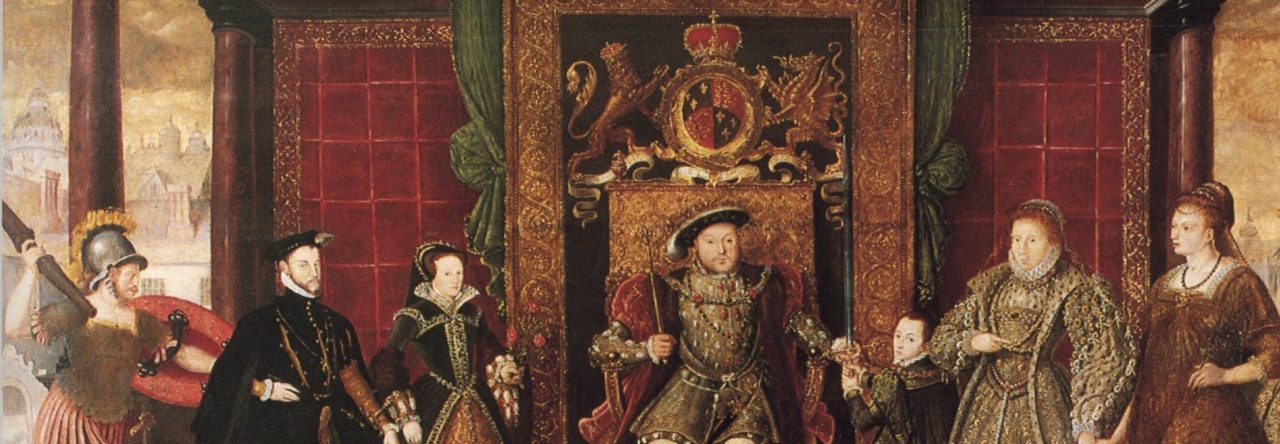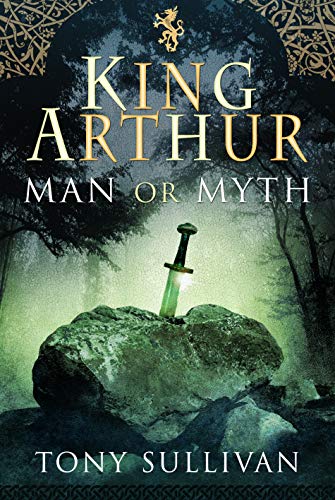 Like many other countries, England has been through growing pains when it comes to reforming its political, military, and judicial systems. None more so than the pains of the medieval period, specifically from 1199 to 1399. In those two centuries, there were six Plantagenet kings, each with a different style of being king and a different way of changing England with each reign. We often think that the biggest change to England’s political history during this time was the Magna Carta, but in fact, that was only just the beginning. Caroline Burt and Richard Partington have combed the archives to do a deep dive into each reign of these Plantagenet kings, examining the political and judicial changes that happened in a short period. Their comprehensive book is entitled, “Arise, England: Six Kings and the Making of the English State.”
Like many other countries, England has been through growing pains when it comes to reforming its political, military, and judicial systems. None more so than the pains of the medieval period, specifically from 1199 to 1399. In those two centuries, there were six Plantagenet kings, each with a different style of being king and a different way of changing England with each reign. We often think that the biggest change to England’s political history during this time was the Magna Carta, but in fact, that was only just the beginning. Caroline Burt and Richard Partington have combed the archives to do a deep dive into each reign of these Plantagenet kings, examining the political and judicial changes that happened in a short period. Their comprehensive book is entitled, “Arise, England: Six Kings and the Making of the English State.”
I want to thank Faber & Faber for sending me a copy of this book. I have seen this particular title circulating on social media and after the endorsement it received from Dan Jones, I decided to give it a shot. I am not a huge fan of political history as I find it a tad dry, but I wanted to give myself a challenge.
This book is broken into six different chapters, a chapter for each king and their reign, but the chapters are separated by sections focusing on distinct aspects of their reigns. The six kings that Burt and Partington have chosen to highlight in this book are King John, Henry III, Edward I, Edward II, Edward III, and Richard II. In these two centuries, England experienced so much change, starting with the Magna Carta, the Black Death, plenty of revolts, overthrowing kings, the establishment of what we now consider Parliament, and the relationship between the king and his nobles. That does not include external forces such as Ireland, Scotland, Wales, and France wanting to conquer England as their own. When you consider how much these kings had to face, it is no wonder that they had to change England’s political system gradually.
Personally, this book was a bit of a struggle for me with how dense and the amount of information that was presented. While it offered great insight and was meticulously researched, there were parts for me that were dry to read. If you do want to read this as a casual read, I would suggest taking it slow so that you can fully understand everything that is being presented. If you are someone who likes political history and how it changed over centuries in England, “Arise, England: Six Kings and the Making of the English State” by Caroline Burt and Richard Partington might be the book for you.

 In southeastern France, there is a region called Provence, known today for its lavender fields and its vineyards. In 13th-century France, Provence would be known as the birthplace of four queens who dominated European politics. The daughters, Marguerite, Eleanor, Sanchia, and Beatrice were the daughters of Raymond Berenger V Count of Provence, and his wife Beatrice of Savoy. They would become the queens of France, England, Germany, and Sicily. While the sisters were known for their beauty, how they acted as queen consorts for their husbands cemented their legacies in history. Nancy Goldstone tells the tale of these remarkable siblings and how they changed European history in her book, “Four Queens: The Provencal Sisters Who Ruled Europe.”
In southeastern France, there is a region called Provence, known today for its lavender fields and its vineyards. In 13th-century France, Provence would be known as the birthplace of four queens who dominated European politics. The daughters, Marguerite, Eleanor, Sanchia, and Beatrice were the daughters of Raymond Berenger V Count of Provence, and his wife Beatrice of Savoy. They would become the queens of France, England, Germany, and Sicily. While the sisters were known for their beauty, how they acted as queen consorts for their husbands cemented their legacies in history. Nancy Goldstone tells the tale of these remarkable siblings and how they changed European history in her book, “Four Queens: The Provencal Sisters Who Ruled Europe.”